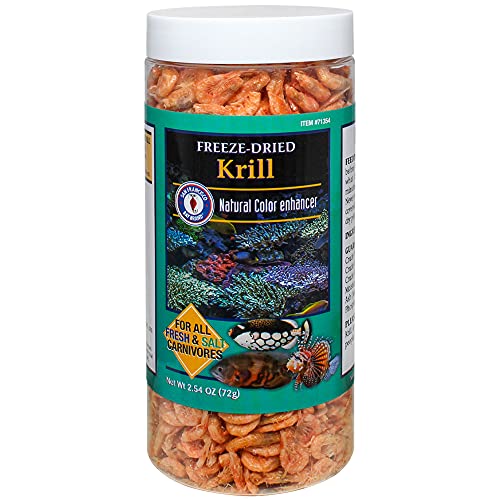Sounds cool, I think we just would have to try and dial it in a bit. Bacteria populations on going to be based on the amount of Carbon, P and N mostly so the water that has more of those should have more bacterial counts. I dont know if you have tried to isolate bacteria prior but its not a fun job, lol Specially if your a blind old man like me, hehehe
I think it would be cool to do the experiment you have listed but to concentrate on a time frame type of thing?? Say X amount of aerobic bacteria take X amount of time to reduce X amount of N/P and use X amount of Carbon?? then replicate for anaerobic? Maybe see if Facultive work better the Obligated?? or combos work better?? SO on and so forth?
This would give folks the info required to say of if I have X bioload I know X amount of this and that type of bacteria can either do it or not or how much can they do or not?? Just a thought.
I tell you what since you are a member and a student RF will do a bit of sponsoring for ya. Put something together on what and how you would to do your experiment and Rf will see what they can do to help you put it together??
Mike
I think it would be cool to do the experiment you have listed but to concentrate on a time frame type of thing?? Say X amount of aerobic bacteria take X amount of time to reduce X amount of N/P and use X amount of Carbon?? then replicate for anaerobic? Maybe see if Facultive work better the Obligated?? or combos work better?? SO on and so forth?
This would give folks the info required to say of if I have X bioload I know X amount of this and that type of bacteria can either do it or not or how much can they do or not?? Just a thought.
I tell you what since you are a member and a student RF will do a bit of sponsoring for ya. Put something together on what and how you would to do your experiment and Rf will see what they can do to help you put it together??
Mike



































































